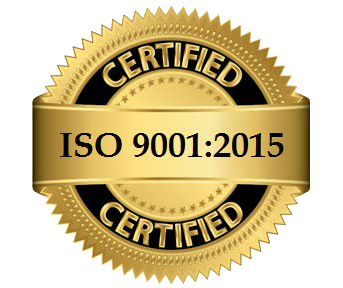When selecting abrasive blast media, choosing the right material can significantly impact efficiency, cost, and final surface quality. Aluminum oxide and garnet are two of the most commonly used abrasives, each offering unique benefits depending on the application. Factors such as hardness, recyclability, and overall performance influence which media is best suited for a specific job. Whether you’re preparing metal surfaces for coatings, removing rust, or achieving precise finishes, understanding the differences between aluminum oxide versus garnet blast media is crucial. Below is a comparison of these two popular media:
Key Considerations:
- Surface Profile Requirements: Both aluminum oxide and garnet create a deep anchor profile, which is essential for applications requiring strong coating adhesion.
- Material of the Workpiece: Both media are suitable for various materials, including carbon steel, stainless steel, aluminum, iron, and carbon fiber.
- Budget Constraints: If cost is a significant factor, garnet may be the preferred choice due to its lower initial cost. However, aluminum oxide’s durability and lower consumption rate can offset its higher price over time.
In summary, both aluminum oxide and garnet are effective abrasive blast media, each with distinct advantages. Aluminum oxide offers higher hardness and durability, making it suitable for aggressive material removal and applications requiring a deep anchor profile. Garnet, being more affordable and versatile, is effective for various surface preparation tasks, including removing tough coatings and achieving a consistent surface profile. The choice between the two should be based on specific project requirements, material considerations, and budget constraints.



